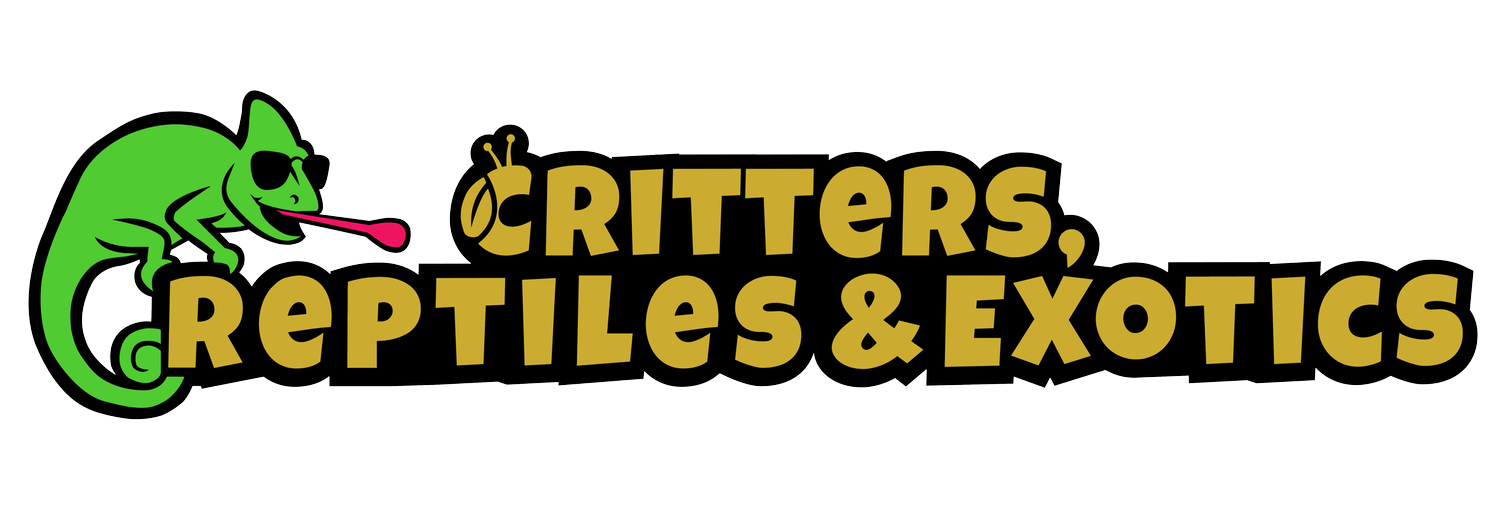Ball Python Care
Lifespan:
Typically 20–30 years in captivity
Sexing:
Males are generally smaller (3–4 ft), females larger (4–5.5 ft). Sexing should be done by “probing or popping” by an experienced keeper or vet.
Enclosure:
Juveniles: A 40-gallon terrarium (36” x 18” x 18”) with plenty of hiding spots.
Adults: A 4x2x2 foot enclosure with a variety of substrates, large hiding spaces, and room to roam.
Substrate:
A mixture of coconut fiber, cypress mulch, and soil is ideal for creating a naturalistic environment that retains moisture.
Spot clean regularly, replace fully every 4–6 weeks.
Lighting & Temperature:
Basking Spot: 88-92°F.
Ambient Temperature: 78-82°F
Cool Side: 75-78°F.
UVB Lighting: UVB is not required but can be used for natural day/night cycle.
Humidity:
Maintain humidity levels between 50-60% to mimic their tropical environment. Increase humidity to 65-70% during shed. Mist the enclosure regularly and provide a water dish for hydration.
Always monitor humidity levels with a digital hygrometer.
Food:
Feed frozen thawed rodents of the appropriate size (About the same width as the widest part of the snake)
Juveniles: Feed every 5-7 days
Adults: Feed every 10-14 days
Ball pythons are known for refusing (or “going off”) food, especially during breeding season or winter months.
Water:
Provide fresh water daily in a shallow dish. Use a heavy dish to avoid tipping, and replace water daily or when dirty.
Supplementation:
No additional vitamins and minerals are needed when feeding whole prey items.
With proper care, a Ball Python can become a highly rewarding and interactive pet. Their inquisitive and docile nature, combined with their impressive size, make them a fascinating companion for reptile enthusiasts. However, they require ample space, a varied diet, and regular handling to thrive in captivity.

